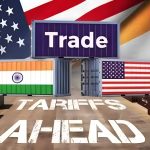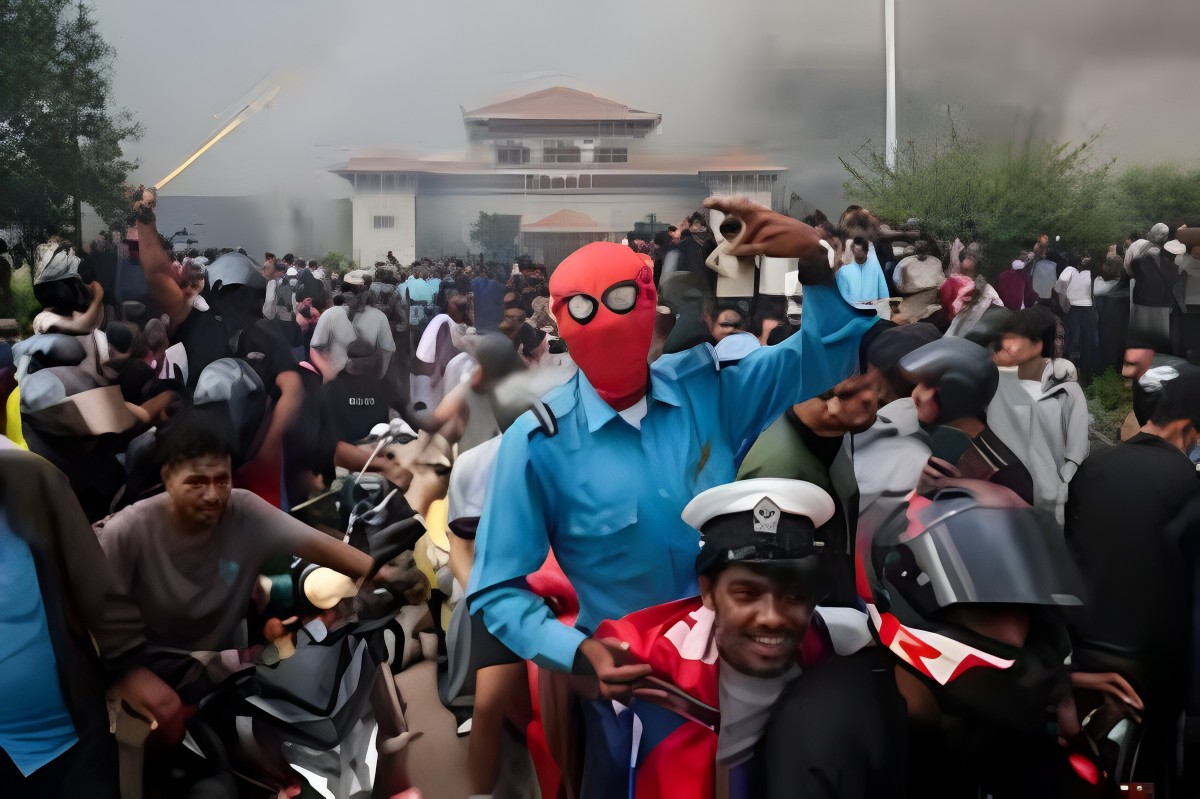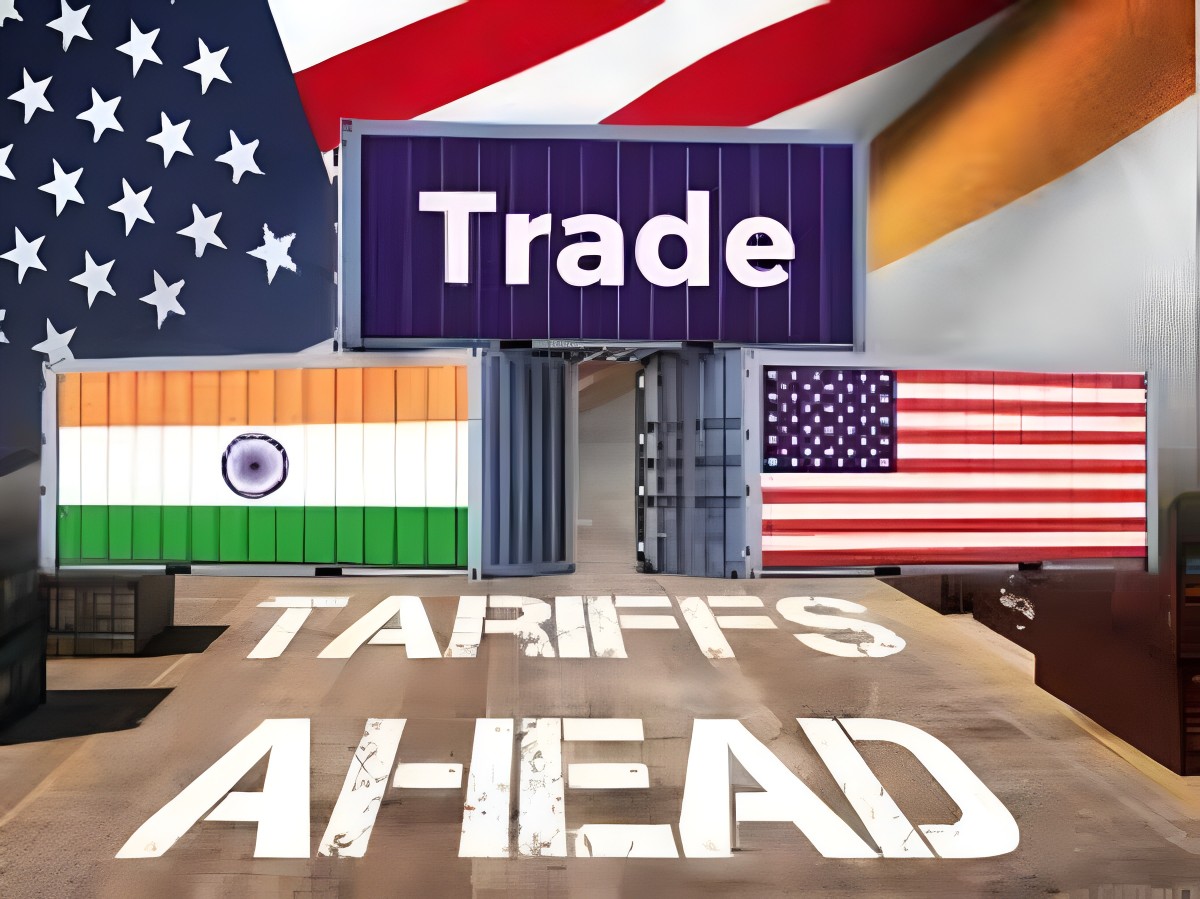The Gen Z Protests in Nepal underscore a growing global trend of youth activism challenging entrenched political systems. In Nepal, the movement highlighted the power of digital platforms in organizing and mobilizing young people, even in the face of government-imposed restrictions. The events also reflect a broader demand for transparency, accountability, and reform in governance
What Sparked It
- The protests began around September 4, 2025, as Nepal government introduced a ban on 26 social media platforms (including Facebook, WhatsApp, X, YouTube, etc.) for failing to register under new rules. The government justified this move on grounds of curbing misinformation, fake identities, hate speech, etc.
- But the social media ban was the catalyst, not the root cause. Underlying issues include widespread anger at corruption, lack of accountability in government, economic hardship (especially among youth), nepotism, unemployment, and a sense that political elites are unresponsive.
How the Protests Unfolded
- The movement was largely youth‑led. Many participants are from Generation Z — students, young professionals, digitally connected and sensitive to issues of civil liberties and fairness.
- Protests spread quickly in Kathmandu and other cities like Pokhara, Butwal, Birgunj. Demonstrators demanded not just lifting of the ban, but mass resignations, dissolution of Parliament, holding officials accountable especially for ordering force against protesters.
- Security response escalated: roadblocks, curfews, tear gas, rubber bullets, and in some cases live fire. Criticism from international human rights groups over use of force.
Also Read: GST 2.0 Explained: What Changes from September 22, 2025?
Nepal : Human Cost & Current Situation
- Deaths: Early reports said about 19 killed when the protests first escalated. Over time, that number rose. As of around September 12, the death toll was reported at ~51.
- Injuries: Over 1,000 people wounded in various clashes. Many hospitalized, some referred to higher‑care facilities.
- Government response: The social media ban was officially lifted after protests got violent. Prime Minister K.P. Sharma Oli resigned amid the unrest.
Demands & Stakeholders
- Protesters’ demands include:
- Accountability for those who ordered or enacted violence.
- Mass resignation of political leaders perceived as part of corrupt elite.
- Dissolution of Parliament and fresh elections.
- Youth organizations (some formal, many informal) are playing a central role. Groups like Hami Nepal (mentioned in later coverage) have become key mobilizers. Social media remained important even after bans for coordination.
Recent Developments
- As the protests deepened, the interim government was formed with a female prime minister, Sushila Karki, who is Nepal’s first woman in that role.
- Fresh elections have been scheduled for March 5, 2026
- Government has promised compensation for families of the dead (e.g., 1 million Nepalese rupees) and free medical care for the injured.
Implications & Analysis
- Youth as Political Force
The protests show that young people, especially those who are digitally connected, can rapidly mobilize around issues of rights, fairness, and transparency. A policy move that might seem technical (social media registration) became the spark for deeper dissent. - Digital Freedoms & Governance
Regulation of digital platforms is tricky: while governments may have legitimate concerns (misinformation, security, etc.), overly restrictive or abrupt measures risk widespread backlash, especially among youth. - Political Accountability is Real Pressure
The resignation of the prime minister, lifting of the social media ban, and the transitional government formation show that governance responds when public outrage is large and sustained. - The Risk of Violence and State Response
Use of force by security forces, loss of life, prison breaks, property damage add complexity. They risk undermining legitimacy, increasing divisions. International observers are calling for transparency and restraint. - Challenge of Transition
Moving from protest to stable governance is difficult: who leads the interim government, how demands are translated into policy, how free and fair elections are conducted, how justice is delivered for abuses—all are contested and sensitive.
Also Read : Strong earthquake tremors felt in Delhi-NCR, epicentre in Haryana’s Jhajjar
What’s Next
- Monitoring how the interim government operates: its reform agenda, especially around corruption, judicial independence, accountability.
- Watching elections in March 2026: whether they proceed as promised, under what conditions, with what candidates.
- Seeing whether the protest movement sustains itself or fragments; how much influence youth leaders end up having in formal politics.
- The possibility of policy reforms on social media regulation. Also whether state security forces are subjected to scrutiny or legal consequences.
- How Nepal’s international relationships, especially with neighboring countries, respond (e.g. diplomacy, trade, human rights observers).
Conclusion
The Nepal Gen Z protests represent more than a reaction to a social media ban. They’re a manifestation of growing frustration among younger generations about corruption, inequality, lack of accountability, and perceived suppression of freedoms. The speed with which these protests escalated—and the government changes that followed—demonstrate that when digital leverage, youth energy, and political misgovernance intersect, eruptions of civil action can have real consequences.
While the violence and loss of life are tragic, the protests might mark a turning point in Nepal’s political culture: a move toward greater demands for transparency, more inclusion of youth in governance, and a demand that rule of law apply to all. But whether this becomes sustained change or just another protest cycle depends heavily on how reforms are carried out and whether public trust can be rebuilt.
Also Read : Nitin Gadkari Major Warning After Operation Sindoor: ‘World War III Could Erupt Anytime











